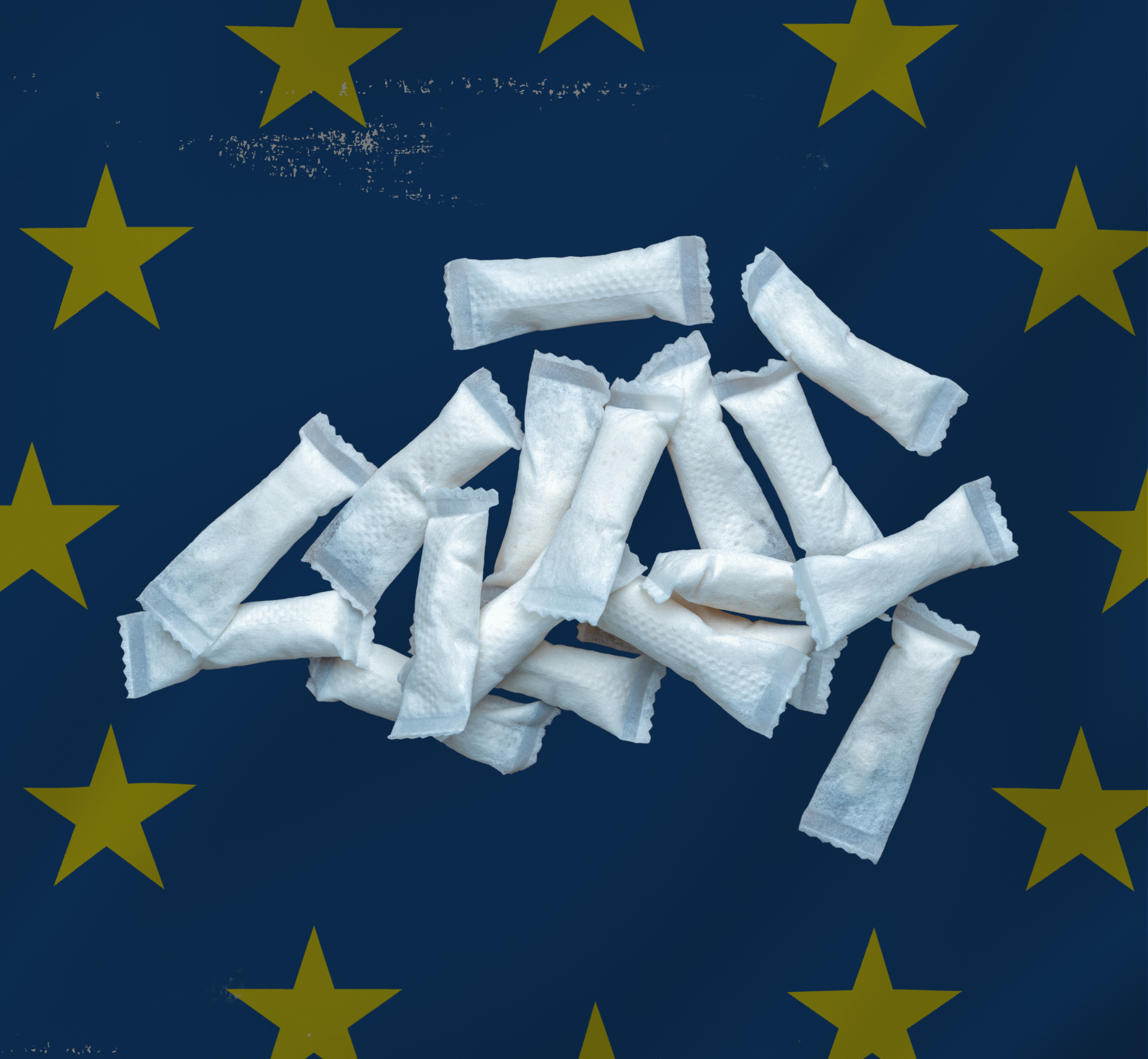As the popularity of nicotine pouches continues to grow across Europe, regulators are responding with a wave of new proposals, restrictions, and bans. April 2025 has seen several major developments that could reshape how nicotine pouches are sold, used, and perceived. For consumers staying informed is now more important than ever.
Here are three key regulatory updates from this month that deserve your attention.
1. Poland Proposes Ban on Flavored Nicotine Pouches
In April, the Polish government published a draft amendment to the Act on Health Protection Against the Consequences of Tobacco and Tobacco Products Use. Among the most controversial proposals is a ban on all flavored nicotine pouches – even those that don’t contain tobacco.
Critics argue that this ban is not only overly broad, but also ignores the harm reduction potential that these products offer to adult smokers looking for safer alternatives.
The proposed law also hands new powers to Poland’s Office for Chemical Substances, enabling it to commission chemical analyses of pouch contents and ban any product deemed harmful—without needing further parliamentary approval.
This legislative move follows a growing trend across Europe where flavor bans are being used as a shortcut to eliminating nicotine alternatives, even though there is little evidence that adult users are attracted to unflavored products
2. Luxembourg Faces EU Pushback Over Draconian Nicotine Cap
Luxembourg’s attempt to regulate nicotine pouches has attracted serious scrutiny from the European Commission and fellow member states. The proposed law would cap nicotine content at just 0.048 mg per pouch, which is dramatically lower than the 6–20 mg commonly found in products used by adults.
Sweden and Greece were quick to issue formal objections through the EU’s TRIS system. Greece called the limit “disproportionate” and warned it would create barriers to trade within the EU internal market. Sweden argued that such a cap would “exclude all relevant products” and questioned why less restrictive measures hadn’t been explored.
The European Commission itself objected, stating that graphic health warnings and excessive restrictions on non-combustible, tobacco-free products may not be justifiable under EU law, especially if such measures aren’t applied to more harmful tobacco products.
In response, Luxembourg extended its regulatory standstill period to 10 June 2025, buying more time to revise its proposal—or face a formal legal challenge from the EU.
3. France Notifies EU of Intent to Ban Nicotine Pouches
On 28 February 2025, France officially notified the European Commission of its plan to ban the sale of nicotine pouches and all oral nicotine products.
The law, if passed, would be one of the strictest in the EU and follows a similar path taken by Belgium and the Netherlands, both of which implemented outright bans earlier this year. Belgium became the first EU country to do so in 2023, while the Netherlands’ ban came into effect on 1 January 2025.
Consumer advocates and harm reduction experts have raised alarm bells, warning that outright bans could drive consumers back to combustible tobacco, which is far more harmful. Moreover, these bans could increase the demand for black market products, undermining quality control and consumer safety.
These regulatory shifts represent a critical juncture for nicotine pouch users across Europe. Blanket bans and extreme restrictions risk undermining public health goals by eliminating less harmful alternatives to smoking.
At Considerate Pouchers, we support sensible regulation that protects both adult consumers and public health. This means ensuring products are safe, clearly labeled, and responsibly marketed – without stripping away the flavors and nicotine strengths that help adult smokers transition away from cigarettes.
The trend we’re seeing – France, Poland, and Luxembourg all cracking down simultaneously—signals a coordinated effort among EU member states to treat nicotine pouches as just another tobacco product, despite their lower risk profile and tobacco-free status.



